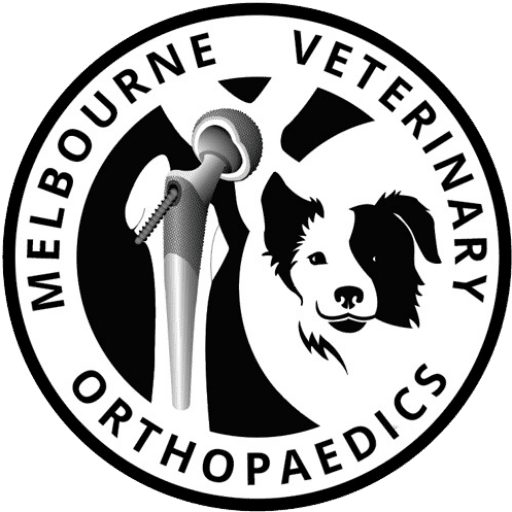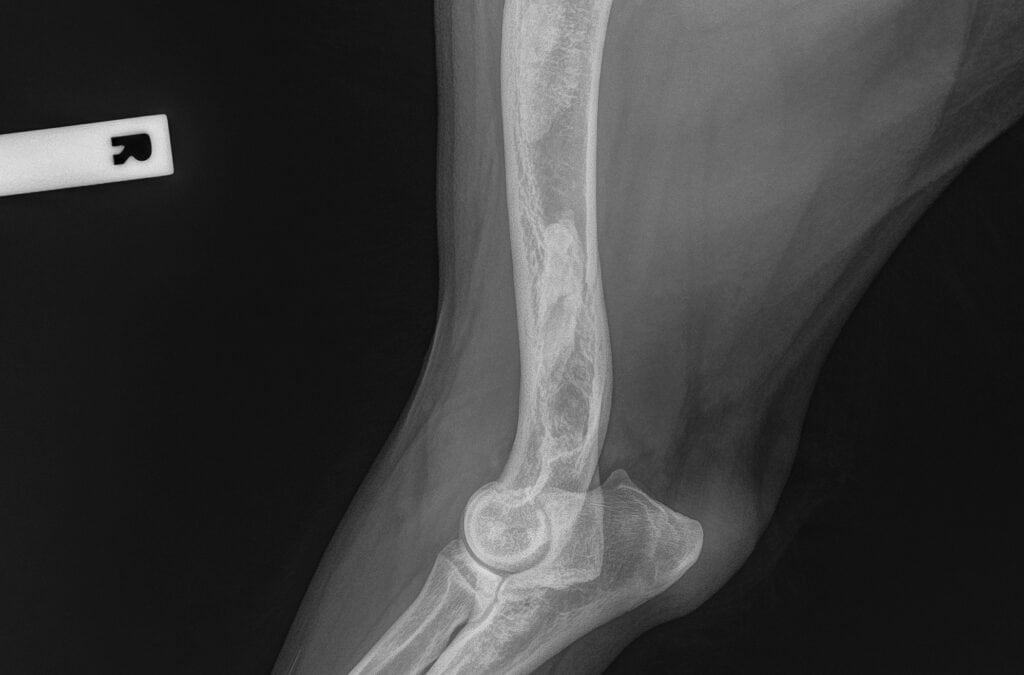Panosteitis, often referred to as “growing pains,” is a condition commonly seen in young, rapidly growing large breed dogs, including German Shepherds. It involves inflammation of the long bones in the limbs and is characterized by pain and lameness. Here’s an overview of panosteitis, including its symptoms, diagnosis, and treatment:
Symptoms
- Lameness: This is often intermittent and may shift from one leg to another. A dog might favor one limb and then switch to another leg.
- Pain on Palpation: Dogs may show signs of pain when specific areas of their legs (usually the ulna, radius, humerus, femur, or tibia) are touched.
- Reluctance to Exercise: Affected dogs may be less willing to engage in play or exercise due to discomfort.
- Swelling: Mild swelling may be present in affected limbs, though it’s not always visible.
- Stiffness: Dogs may exhibit stiffness, particularly after rest or during initial movement.
Causes
The exact cause of panosteitis is not fully understood, but it is believed to be related to several factors, including:
- Genetics: Certain breeds, especially large and giant breeds like German Shepherds, are more prone to developing panosteitis.
- Diet: Nutritional factors, particularly excessive calcium or protein in puppy food, may contribute to the condition.
- Growth Rate: Rapid growth during the puppy stage is a significant factor, leading to increased stress on the bones.
Diagnosis
Diagnosing panosteitis typically involves:
- Physical Examination: A veterinarian will perform a thorough examination and assess for pain in the long bones.
- Medical History: Discussion of the dog’s symptoms, lameness patterns, and any changes in behavior or activity level.
- Radiographs (X-rays): X-rays can help confirm the diagnosis by showing characteristic changes in the bone, such as increased density in the medullary cavity of the affected bones.
Treatment
Treatment for panosteitis primarily focuses on managing pain and inflammation:
- Pain Management: Non-steroidal anti-inflammatory drugs (NSAIDs) are commonly prescribed to alleviate pain and inflammation.
- Rest and Limited Activity: Encouraging rest and avoiding strenuous activities can help reduce discomfort during flare-ups.
- Weight Management: Maintaining a healthy weight can reduce stress on the bones and joints.
- Diet: A balanced diet appropriate for the dog’s age and growth stage is important. Consult with a veterinarian regarding the best diet for a growing German Shepherd.
- Monitoring: Regular follow-up with a veterinarian to monitor the condition and make adjustments to the treatment plan as needed.
Prognosis
Panosteitis is a self-limiting condition, meaning it often resolves on its own as the dog matures. Most dogs outgrow it by the time they reach about 2 years of age, although some may experience intermittent episodes of lameness during their growth phase.
Conclusion
If you suspect your German Shepherd is experiencing symptoms of panosteitis, it’s essential to consult with a veterinarian for an accurate diagnosis and appropriate treatment. Early intervention can help manage symptoms and ensure a comfortable recovery for your dog.

